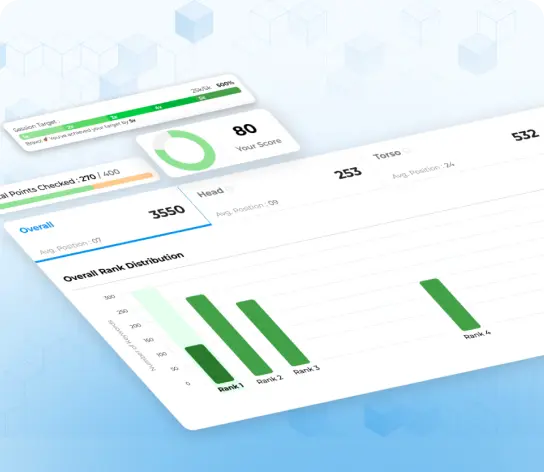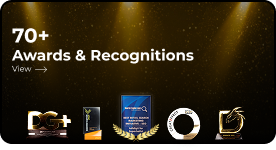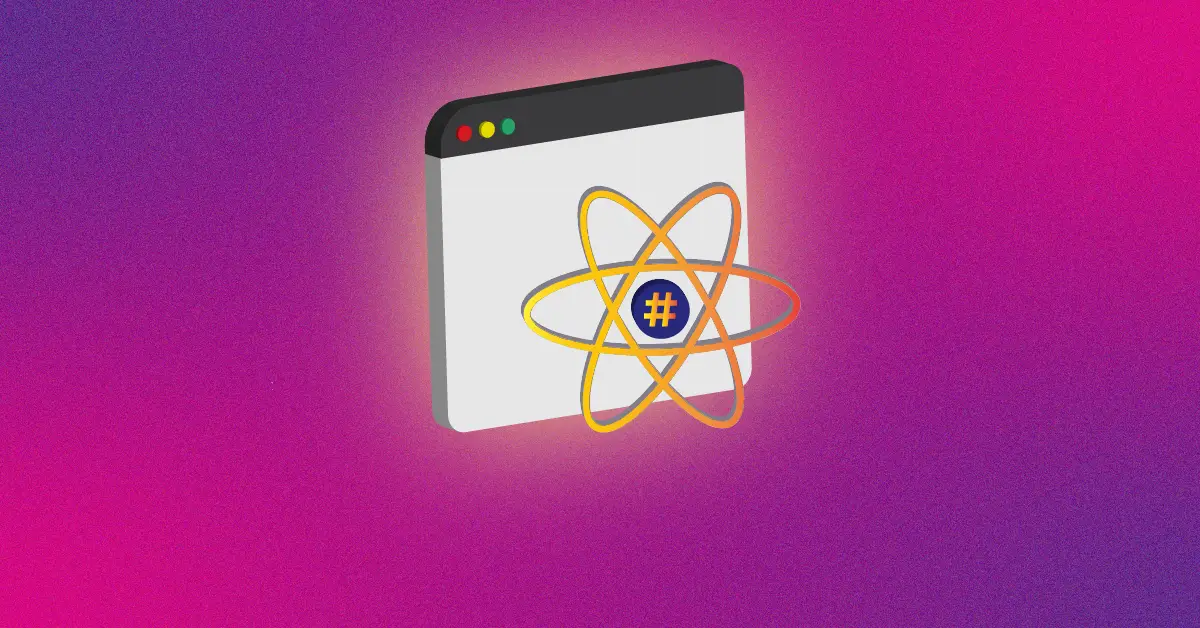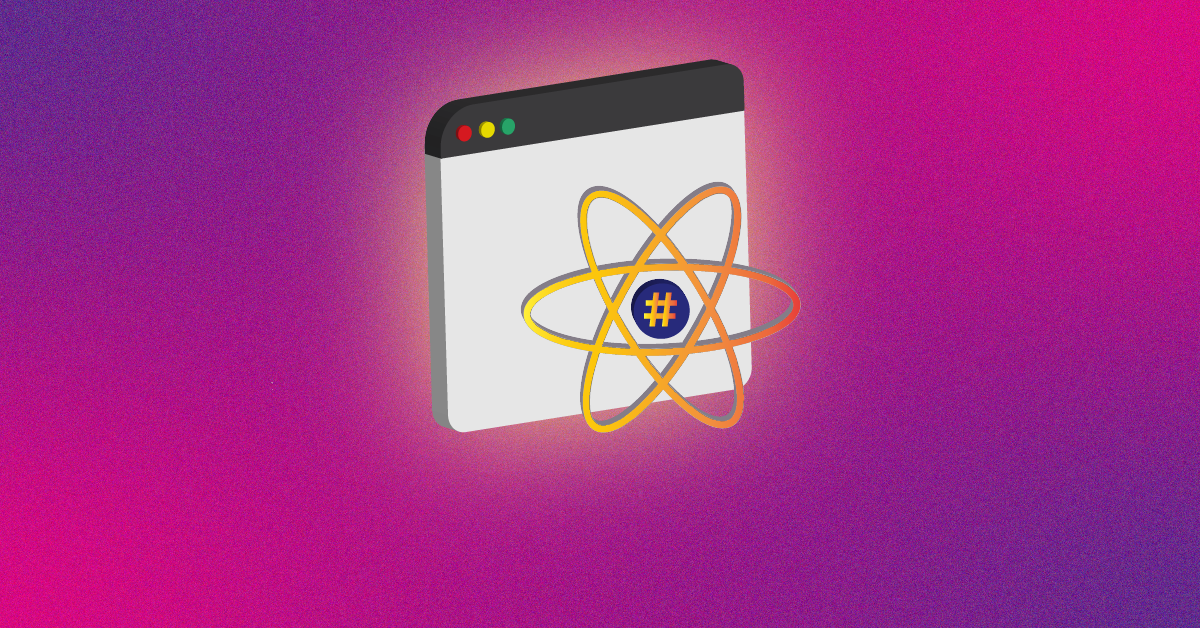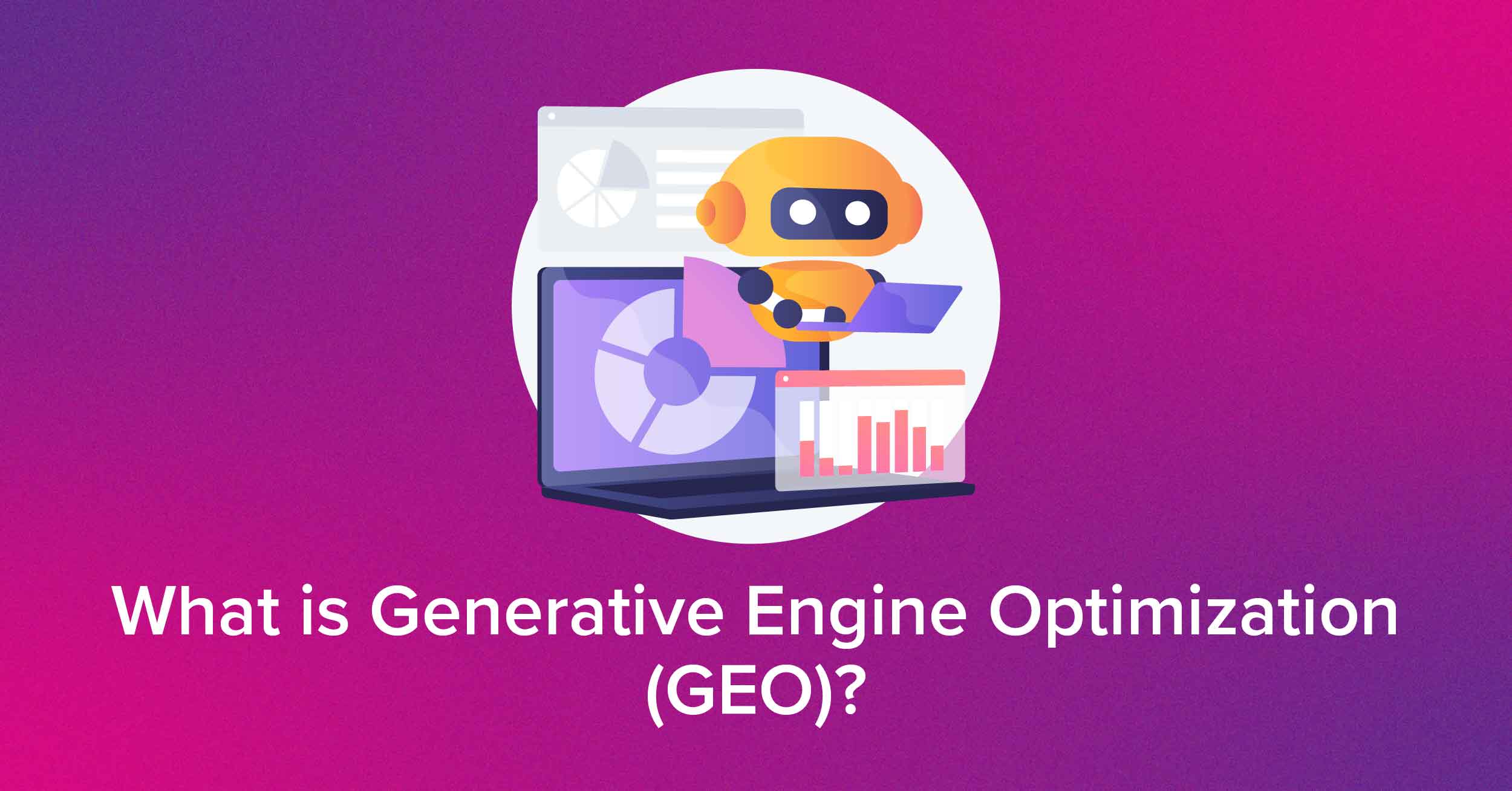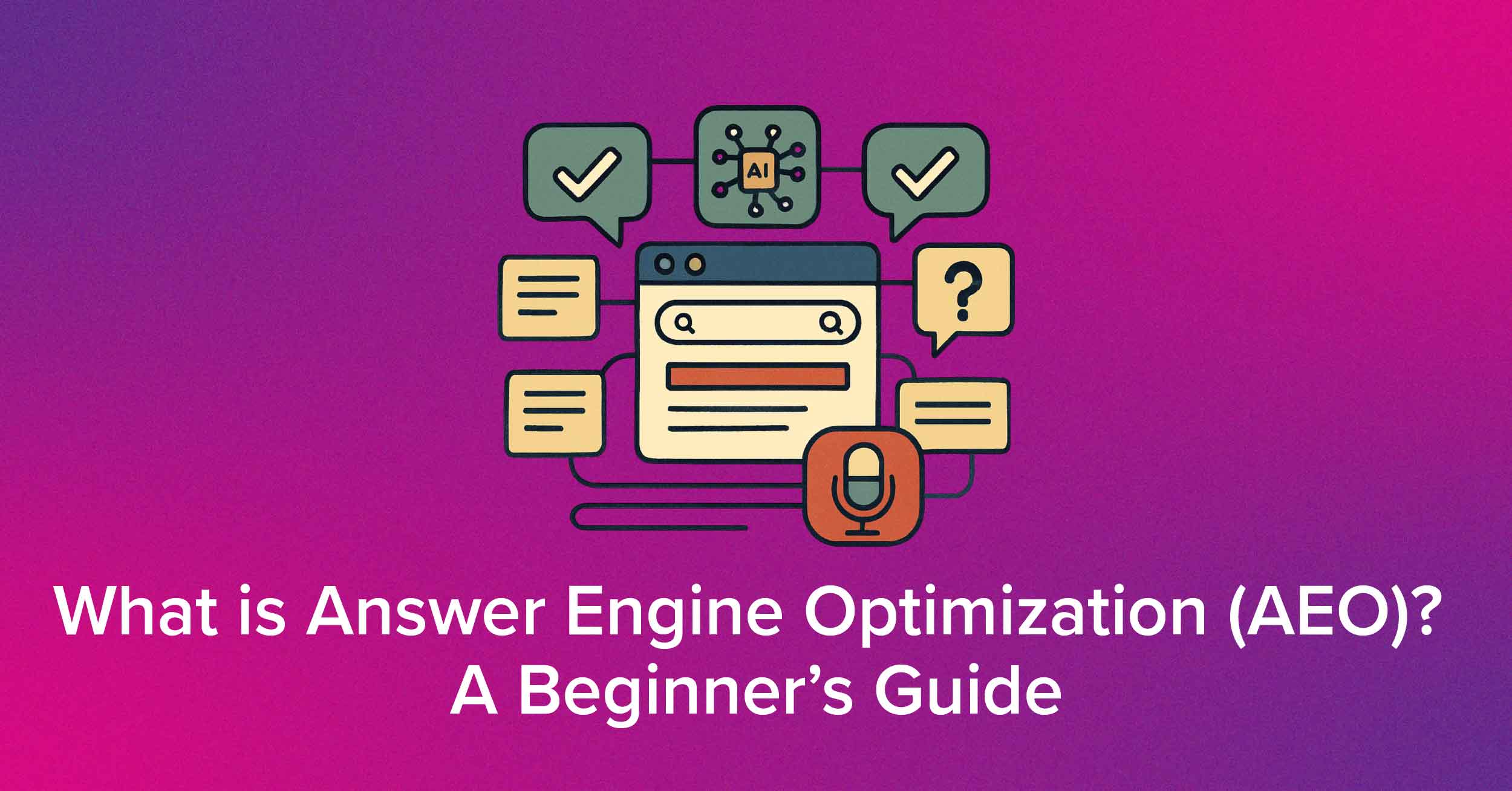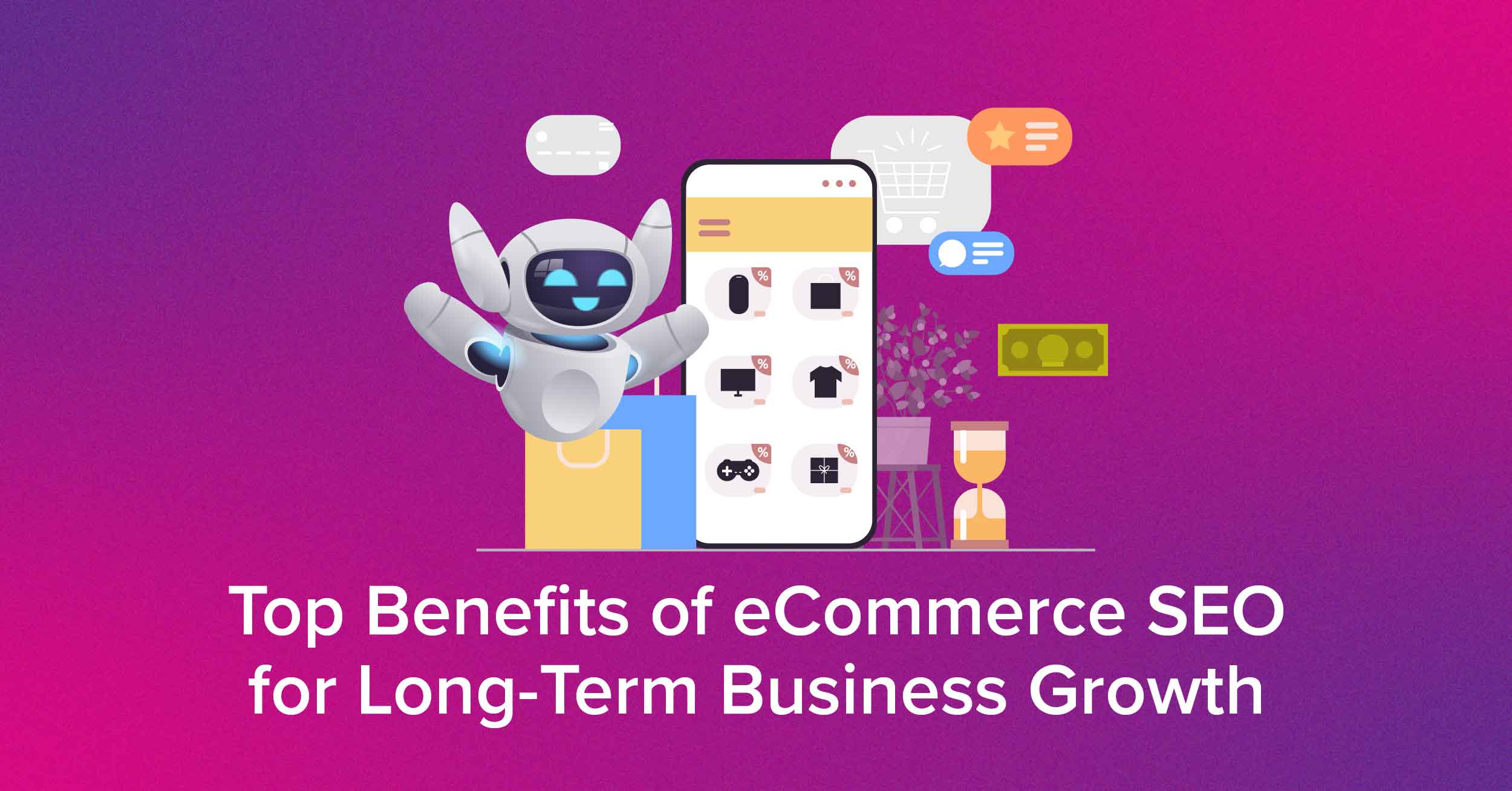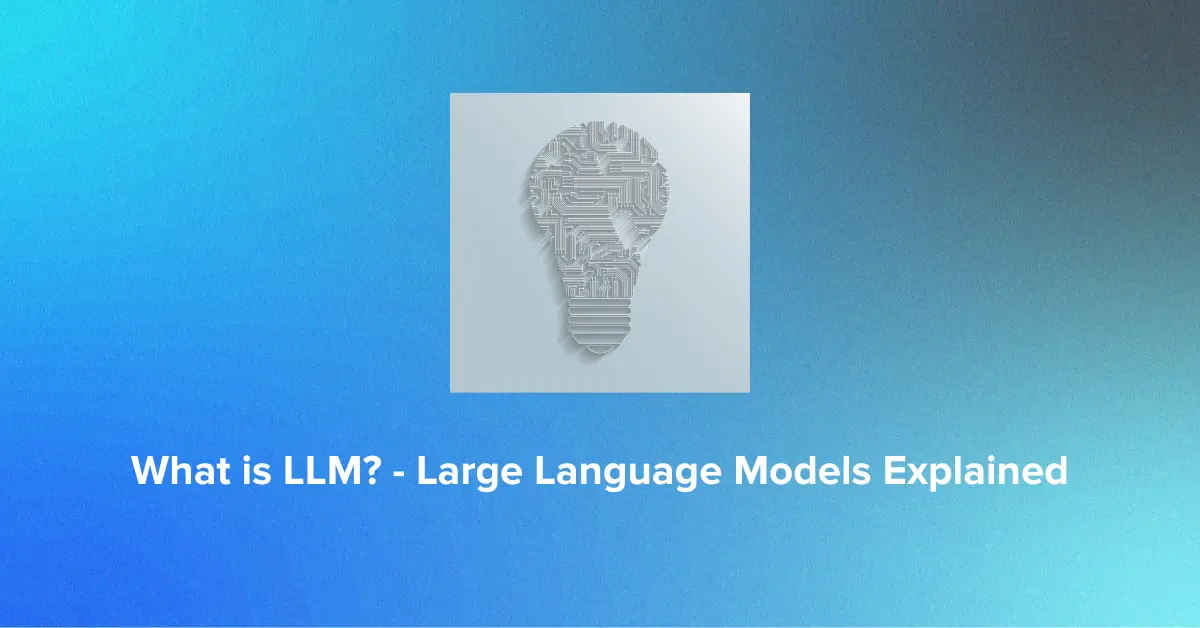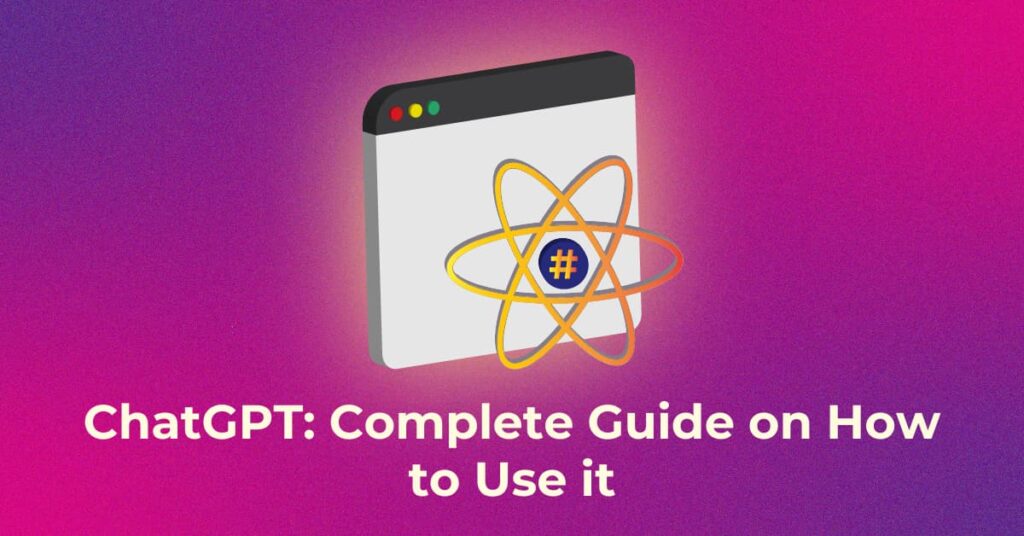Let’s Connect & Accelerate Your Organic Growth
- Your data is properly secured encrypted by SSL
|
Getting your Trinity Audio player ready...
|
The history behind ChatGPT can be traced back to 2015 when OpenAI was founded by a group of researchers and entrepreneurs to develop advanced AI systems that are safe and beneficial for society. One of the main challenges in AI research at the time was developing language models that could generate human-like text and understand the nuances of natural language.
In 2018, OpenAI released the first version of its language model, called GPT (Generative Pre-trained Transformer). This pre-trained model that churned vast amounts of text data was able to generate texts that were coherent and contextually appropriate. However, this first version was limited in its ability to understand and generate complex text.
In 2019, OpenAI released a more advanced version of the model, called GPT-2, which was trained on an even larger corpus of data. This advanced version was able to generate human-like text that was often indistinguishable from that written by humans. This model gained widespread attention and generated some controversy due to concerns about the potential misuse of AI-generated text.
Finally, in June 2020, OpenAI released its most advanced language model to date: ChatGPT. This model was pre-trained on an enormous dataset of text from the internet and was able to generate human-like text in response to a wide range of prompts and topics. ChatGPT quickly became significant in the field of natural language processing and has been used for a variety of applications, from chatbots and virtual assistants to creative writing and poetry.
What Is ChatGPT?
ChatGPT is a state-of-the-art language model developed by OpenAI, a leading artificial intelligence research organization. The model is built on the transformer architecture and is pre-trained on vast amounts of text data, allowing it to generate human-like text in response to a wide range of prompts and topics.
Today, ChatGPT can is used for a variety of applications, including language translation, text generation, chatbots, and virtual assistants. It has been widely recognized as one of the most advanced and versatile language models available, and its launch in 2020 marked a significant milestone in the development of AI technology.
Why is it necessary to use ChatGPT?
ChatGPT is designed for one major purpose – to simplify research and content development. Thus, the AI tool is necessary to use for various natural language processing applications such as chatbots, virtual assistants, and text generation. It provides a powerful and versatile tool for generating human-like text and can enhance user experience in various industries, including customer service, healthcare, and entertainment.
Steps to start with ChatGPT
- Starting with ChatGPT is quite simple and easy. Here is how you can create an account, log in and start accessing the tool.
Open a ChatGPT account
- Start by signing up on the AI tool and creating a new account.
Confirm your email account
- To log in, the AI tool will ask you to punch in your e-mail address.
Open ChatGPT Website
- Now go into the website and click on the ‘Try Tool’ indicator at the top of the webpage.
Enter your Login Information
- Once your e-mail address has been linked, you need not create a log in password. Once you have logged in, you will spot a chat bar where you can feed your queries.
How to Start Using ChatGPT
To start a conversation with ChatGPT, simply type your question or message in the chatbox below and hit enter. The tool will do its best to provide you with a helpful and informative response.
If you are not sure what to ask, you can always start with a general topic or question. Whether you are looking for information on a specific topic, need advice on a problem, or just want to chat, the tool shall assist you.
What is the ChatGPT ‘at capacity’ Network Error?
Due to the high demand for ChatGPT, there may be instances where the network becomes overloaded, and users may receive an “at capacity” error message. In such cases, users are advised to try again later or switch to another platform that integrates the tool. Consider refreshing your browser and waiting it out when something like that happens.
Does one need to Download ChatGPT?
As stated previously, ChatGPT is an open AI tool. Users do not need to download it as it is a cloud-based service that can be accessed through various platforms such as chat applications, websites, and APIs.
How to Use ChatGPT?
Users can interact with ChatGPT by typing in their queries or messages into the chat window. The tool will then generate a response based on the input and context provided by the user. The responses can range from simple answers to more complex conversational interactions, depending on the user’s input.
Here are some tips on how to use ChatGPT effectively:
- Start with a Clear Question or Topic: The tool works best when you provide a specific question or topic to discuss. Avoid asking vague questions or making broad statements.
- Use Natural Language: The tool is designed to understand and respond to natural language, so try to use complete sentences and avoid using jargon or technical terms.
- Be Patient: The tool may take a few seconds to generate a response, especially if the question is complex or requires a lot of information.
- Provide Context: If your question requires specific information or context, provide as much detail as possible to help the tool generate an accurate response.
- Ask Follow-Up Questions: The tool can continue a conversation and answer follow-up questions based on previous responses. Use this feature to explore a topic in more depth.
- Be Mindful of Bias: The tool is trained on vast amounts of data and may reflect the biases present in that data. Keep this in mind when interpreting responses and use critical thinking to evaluate the accuracy of the information provided.
- Use ChatGPT as a tool, not a replacement: While the tool generates ideas or gets quick answers, it should not be relied on as the sole source of information or advice. Use your judgment and seek out multiple sources to ensure the accuracy and reliability of the information.
By following these tips, you can use ChatGPT to efficiently generate ideas, receive advice and get quick answers to questions.
ChatGPT elicit: what can one ask ChatGPT?
Users can ask ChatGPT a wide range of questions and queries, from general knowledge questions, weather updates, and news headlines, to specific personal queries such as scheduling appointments or making restaurant reservations. However, it is important to note that the tool’s responses are generated based on its training data and may not always be accurate or appropriate. Hence, users should exercise caution and common sense when using the service.
Here are some of the following things that marketers can do with ChatGPT:
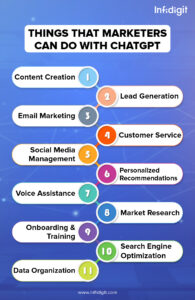
Content creation
ChatGPT can help with content creation by generating human-like text for a variety of purposes, such as blog posts, articles, social media captions, and product descriptions. Content creators can provide ChatGPT with a topic or a prompt, and it will generate a coherent and contextually appropriate response that can be used as a starting point for further editing and refinement. You can give the tool clear prompts on the expected word length, placement of keywords, and language.
For better context, ChatGPT can be a valuable tool for content creation in the following ways:
- Idea generation: The AI tool can help generate ideas for content by responding to prompts or questions with relevant and interesting information.
- Research: The AI tool can help with research by providing information on a topic, suggesting sources, or summarizing existing research.
- Writing assistance: The AI tool can provide suggestions for sentence structure, vocabulary, and grammar to help improve the clarity and quality of writing.
- Content optimization: The AI tool can suggest keywords and phrases that can help optimize content for search engines and increase its visibility online.
- Editing: The AI tool can help with editing by identifying errors in spelling, punctuation, and grammar, as well as suggesting alternative wording and phrasing.
Overall, ChatGPT can be a helpful tool for content creators looking to improve the quality and effectiveness of their content. However, it’s important to note that ChatGPT is just one tool in the content creation process, and human creativity and judgment are still essential for producing high-quality content.
Lead Generation
ChatGPT can assist with lead generation by interacting with website visitors in real time, answering their questions, and providing them with relevant information about products or services. It can also collect information from potential leads and provide it to sales teams for follow-up.
The tool can be valuable for lead generation in several ways:
- Engaging website visitors: The AI tool can engage with visitors to your website, initiating conversations and answering questions. By providing helpful and informative responses, the tool can help build trust with visitors and encourage them to provide contact information or take other desired actions.
- Qualifying leads: The AI tool can ask questions and gather information from visitors to determine their level of interest and potential fit as a customer. This can help identify leads that are most likely to convert and prioritize follow-up efforts accordingly.
- Personalizing the customer experience: The AI tool can use data from previous interactions to personalize the customer experience, making visitors feel valued and understood. This can help build rapport and trust, increasing the likelihood that visitors will turn into customers.
- Providing 24/7 support: The AI tool can provide support and assistance to visitors at any time, even outside of business hours. This can improve the customer experience and ensure that leads are not lost due to a lack of availability.
Email Marketing
ChatGPT can help with email marketing by generating personalized email messages for specific target audiences. It can use customer data and behavior patterns to create relevant and engaging content that resonates with subscribers. For example, here is what the tool can do for you:
- Personalization: The tool can help you personalize your email marketing campaigns by generating tailored messages based on customer data, such as their purchase history or interests. By doing so, you can increase the relevance and effectiveness of your email campaigns, which can lead to higher engagement and conversion rates.
- A/B Testing: The tool can help you design and conduct A/B tests for your email marketing campaigns. Using machine learning algorithms to analyze the results of these tests, can help you optimize your email campaigns for maximum engagement and conversion rates.
Customer Service
ChatGPT can be integrated into chatbots and virtual assistants to provide 24/7 customer service. It can answer frequently asked questions, resolve simple issues, and escalate complex ones to human agents. Furthermore, by analyzing customer inquiries and feedback, it can generate automated responses that are tailored to the customer’s specific needs and preferences.
Social Media Management
ChatGPT can assist with social media management by generating engaging captions and responses to comments and messages. It can also provide insights into the performance of social media campaigns and suggest strategies for improvement.
Here is a detailed breakdown of how the tool can be used:
- Content Creation: The tool can generate content ideas and write posts for various social media platforms. By analyzing your brand’s voice and tone, ChatGPT can create posts that are engaging and resonate with your target audience.
- Scheduling: The tool can help schedule posts for various social media platforms. By analyzing the best times for engagement, it can also schedule posts to go live at times when your target audience is most active.
- Analytics: The tool can help track the success of your social media campaigns. Analyzing engagement metrics such as likes, comments, and shares, can provide insights on which types of posts perform the best and help you make data-driven decisions.
Personalized Recommendations
ChatGPT can analyze customer data and behavior patterns to generate personalized recommendations for products or services. It can also use natural language processing to understand customer feedback and preferences and incorporate them into the recommendation process.
Voice Assistance:
ChatGPT can be integrated into voice assistants such as Amazon Alexa and Google Home to provide natural and engaging interactions with users. It can answer questions, provide information, and perform tasks such as setting reminders or playing music.
Market Research:
ChatGPT can assist with market research by analyzing large amounts of data from social media, surveys, and other sources. It can provide insights into customer preferences, behavior patterns, and trends, which can be used to inform marketing and product development strategies.
Onboarding and Training
ChatGPT can be used to provide onboarding and training for employees and customers. It can answer frequently asked questions, provide tutorials, and guide users through complex processes.
Search Engine Optimization
ChatGPT can generate content that is optimized for search engines by incorporating relevant keywords and phrases. It can also provide insights into the performance of keywords and suggest strategies for improving search rankings.
Data Organization
ChatGPT can assist with data organization by analyzing and categorizing large amounts of data. It can also provide insights into patterns and trends in data that can inform decision-making processes.
Google Bard AI
Google’s Bard is an AI language model that uses deep learning techniques to improve natural language processing. It is designed to understand the context and meaning of words in a sentence by analyzing the relationships between them. This allows it to generate more accurate and relevant responses to user queries.
Bard can also recognize nuances in language such as sarcasm, humor, and irony, making it a valuable tool for sentiment analysis and social media monitoring. Overall, Bard is a significant development in the field of natural language processing and has the potential to revolutionize the way we interact with technology.
ChatGPT Alternatives
Listed below are brief descriptions of some of the recent-most alternatives to ChatGPT.
- Replika: Replika is a chatbot designed to act as a personal AI friend, offering conversation and emotional support to users. It uses machine learning to learn about users and their preferences over time.
- ChatSonic: ChatSonic is a customer engagement platform that uses AI to enable businesses to communicate with customers through messaging apps and voice assistants.
- Microsoft Bing: Bing is a web search engine developed by Microsoft. It uses AI and natural language processing to provide search results, as well as features like image and video search and intelligent answers.
- Jasper Chat: Jasper Chat is an AI-powered chatbot platform designed to help businesses automate customer service and sales interactions. It uses natural language processing and machine learning to understand and respond to customer queries.
- Character AI: Character AI is an AI platform for game developers, designed to create believable and dynamic characters with natural language capabilities. It uses machine learning to understand and generate dialogue.
- YouChat: YouChat is an AI-powered chatbot platform designed to help businesses automate customer service interactions. It uses natural language processing to understand and respond to customer queries.
- DialoGPT: DialoGPT is a large language model developed by Microsoft that uses machine learning to generate human-like dialogue in response to natural language prompts. It has been trained on a large corpus of conversational data to improve its language generation capabilities.
The future of ChatGPT?
The future of ChatGPT looks bright as there is a growing demand for conversational AI technologies in various industries such as customer service, healthcare, education, and finance. ChatGPT has already shown its potential in these areas by providing personalized and efficient solutions to user queries and needs.
In the future, ChatGPT is expected to become even more sophisticated and capable of handling more complex and nuanced conversations. This will be achieved through improvements in natural language processing and the integration of other technologies such as machine learning and deep learning.
ChatGPT is also expected to become more widely available as more companies and organizations begin to adopt conversational AI technologies. This will result in an increased demand for developers and engineers who are skilled in developing and maintaining these systems.
Furthermore, ChatGPT may also be used to improve online privacy and security by reducing the need for users to share sensitive information with human operators. This will be achieved through the development of more robust and secure chat applications that integrate ChatGPT.
Overall, the future of ChatGPT is promising, and it is expected to play an increasingly important role in the development of conversational AI technologies and their integration into various industries and applications.
Conclusion
Overall, the history of ChatGPT reflects the rapid progress that has been made in AI research over the past decade, and it represents a significant milestone in the development of language models that can understand and generate human-like text.
FAQ
Will ChatGPT replace Google?
It is highly unlikely that ChatGPT will replace Google as they serve different purposes. Google is a search engine that provides users with access to a vast amount of information from all over the internet, while
ChatGPT is a conversational AI designed to provide personalized responses to user queries.
Google’s search algorithms are based on keyword and ranking criteria, whereas ChatGPT’s responses are generated based on the input and context provided by the user. While the AI tool has its advantages in certain areas, such as customer service and personal assistance, it does not have the extensive database of information that Google has.
Therefore, this OpenAI tool and Google serve different needs and are not in direct competition with each other, so it is unlikely that one will replace the other.
When was ChatGPT launched?
ChatGPT was launched in 2020. The model was developed using a cutting-edge machine learning technique called “transformer architecture,” which allows it to learn from vast amounts of data and generate text that is coherent, natural-sounding, and contextually appropriate.
Is ChatGPT an App?
ChatGPT is not a standalone app that can be downloaded from an app store. Instead, it is a language model developed by OpenAI that can be accessed through various platforms and applications. For example, developers can integrate ChatGPT into chatbot platforms or virtual assistant applications to enable natural language processing and conversation generation. Additionally, users can interact with ChatGPT through its website, which provides a simple and user-friendly interface for generating text based on specific prompts or topics. So, while ChatGPT is not an app in the traditional sense, it is a powerful language model that can be used in a wide range of applications and contexts.
What is ChatGPT Full Form?
The full form of ChatGPT is Chat Generative Pre-training Transformer.
Who is the founder of ChatGPT?
ChatGPT is developed by OpenAI, an artificial intelligence research laboratory consisting of a team of researchers, engineers, and scientists. OpenAI was co-founded by several prominent figures in the tech industry, including Elon Musk, Sam Altman, Greg Brockman, Ilya Sutskever, and Wojciech Zaremba.
Is ChatGPT free to use?
ChatGPT is a language model developed by OpenAI and is currently available for public use for free through various platforms such as the OpenAI website, chat applications, and APIs. However, some platforms that integrate the tool may charge fees for using their services. Now, you can also register for the ChatGPT subscription service to gain access to premium features.
Popular Searches
How useful was this post?
5 / 5. 1


